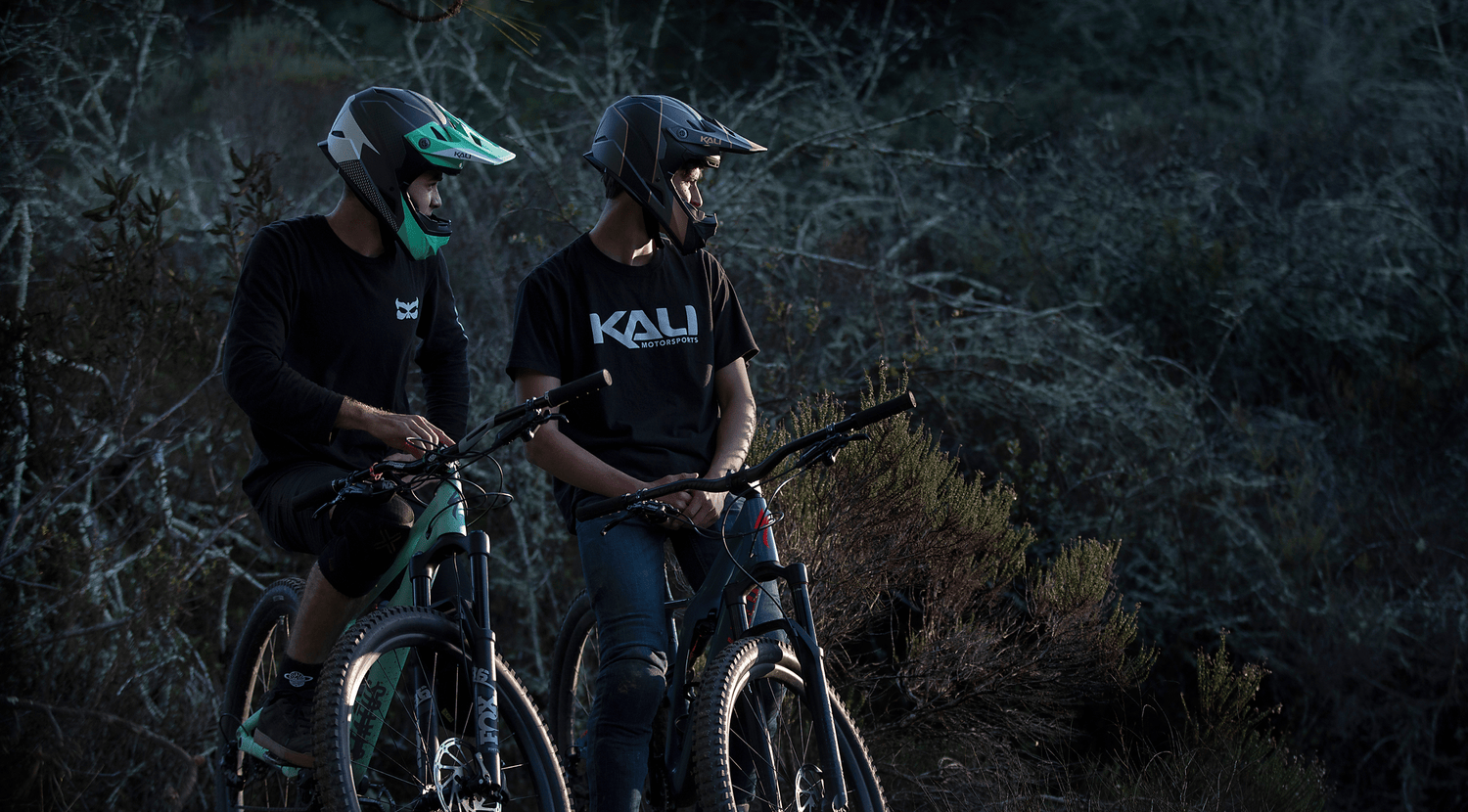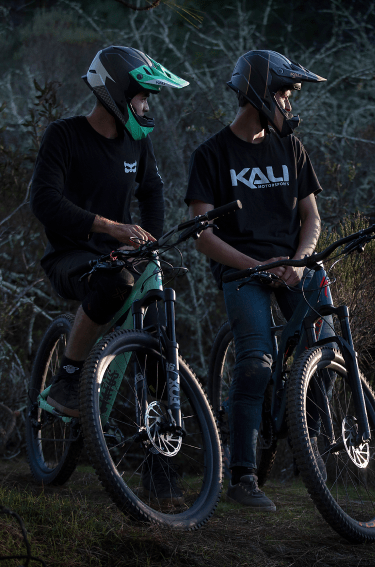

OUR TECHNOLOGY
From materials, to testing, pliosophy and benchmarks, how and why we ensure the safety of our helmets
When it comes to creating our helmets, design and testing cannot exist without the other. We learned early on that no crash is ever the same - from twisting and turning, to rotational and sideways, and those rare accidents that are indescribable. We account for impacts, big or small which is why we spend so much time in the test labs.
Yes, labs. Multiple independent labs.
Each lab has their own unique strengths which is why we use multiple labs for our research. Impact testing is dynamic, and while you can get some consistency you can also get varied results with what seems like a similar test. Checking and cross checking our results to ensure we are getting the most accurate data possible is important to understanding the dynamics of impacts.
Our crash replacement program brings back ‘real-life’ crashed helmets back to us. We study them, we dissect them, we learn from them. This allows us to compare how we did in the lab compared to what happens when someone crashes. Test labs are important, closing the loop is an important part of the process.
We strive to keep pushing the envelope with the best designs and materials and to implement useful protection into all of our helmets regardless of their intended use or price-point.

LOW-G IMPACTS VS. YOUR HEAD
When we first began experimenting with materials to help reduce low-g or subconcussive impacts that are below the treshold of our current foam liners, we tested a number of materials unil we found type of vinyl nitrile we call Bumper Fit. This substance is similar to Poron or D30 and hardnes on impact to help provide some low-G protection. The material also acts as a memory foam, which helps to reduce hot spots and increase comfort.
LEARN MORE
FOAM LINERS? YES, FOAM LINERS.
It is our goal to use the softest foam liners we can to protect where most crashes occur. At the same time, we must protect from the less often high impact crashes. We have worked with researchers, chemists, and engineers around the world to optimize performance. From multi- layered geometric shapes (CONEHEAD™) designed to manage impact energy away from the brain to acrylic self-healing foam infused with carbon nanostructures (Nano Core) to create smaller, lighter, safer helmets.
LEARN MORE
THE HARD PART:SHELL.
Besides giving shape to the helmet the shell's job is to distribute the impact of a crash to a larger area. This distributes the force to more areas of the foam allowing it to manage the impact efficiently. We use polycarbonate from Japan as well as special proprietary formulations to continue our never-ending goal of better protection for all accidents. There are a lot of advances in material technology, we are not chemists, but we work with them, watch them and learn. Looking at recyclable materials is an important part of that. If it does not impact safety using things like recycled ocean plastics.
LEARN MORE